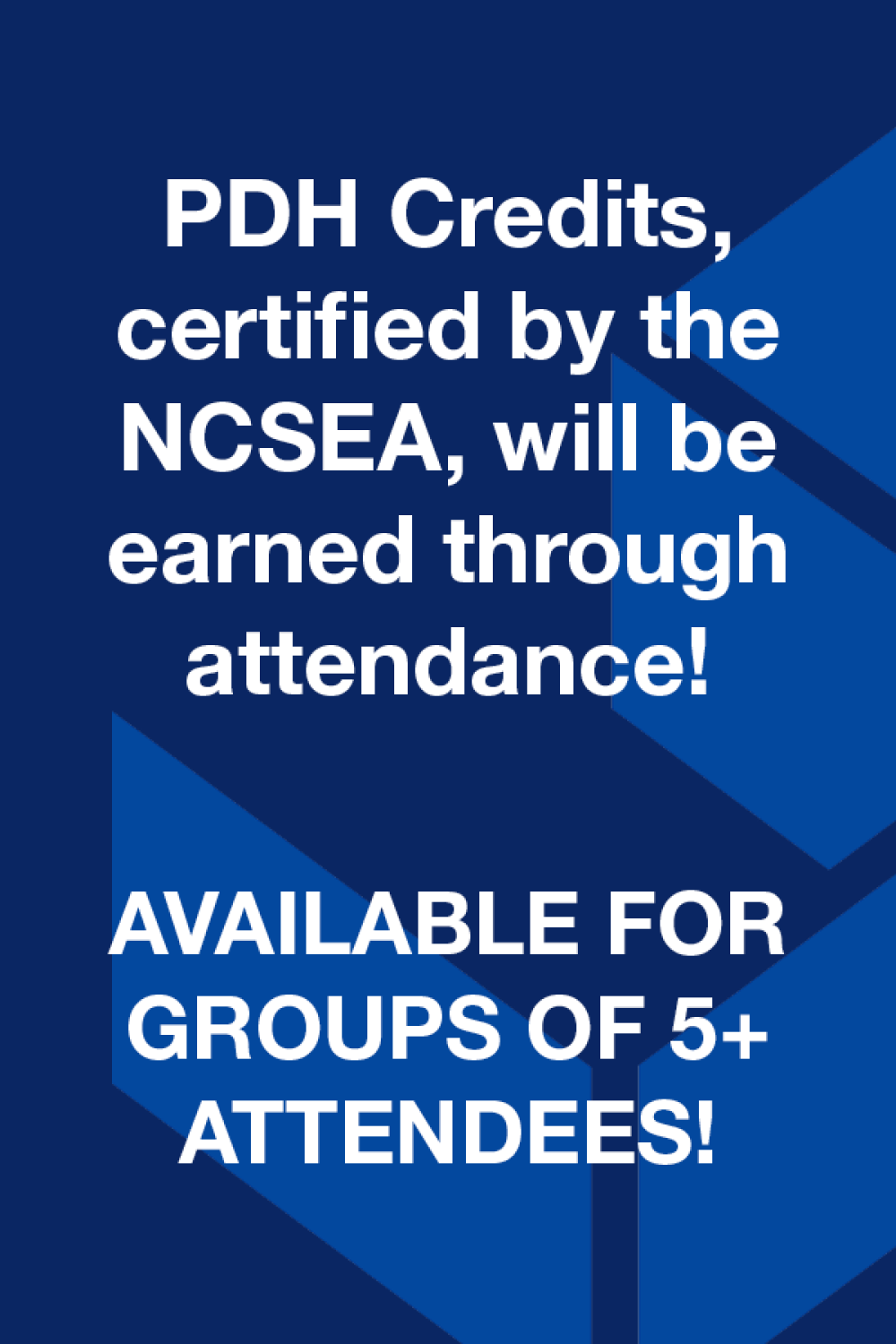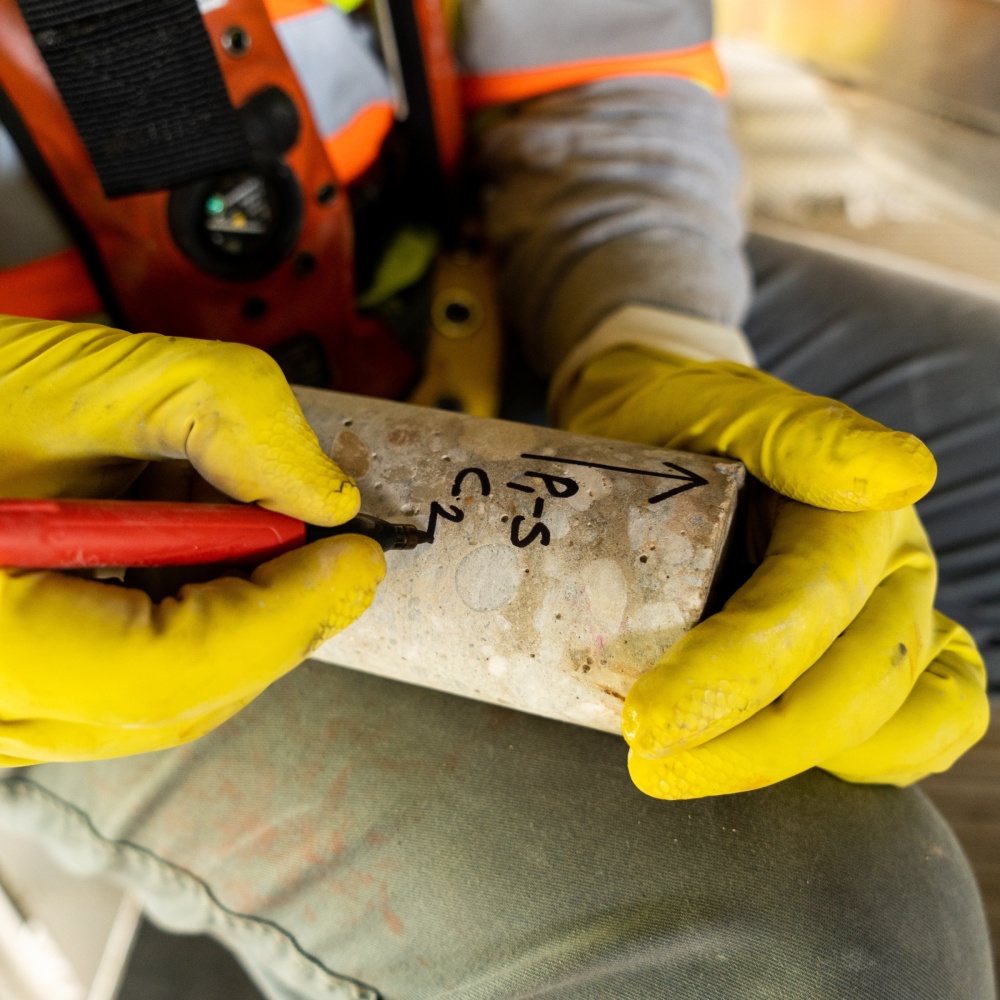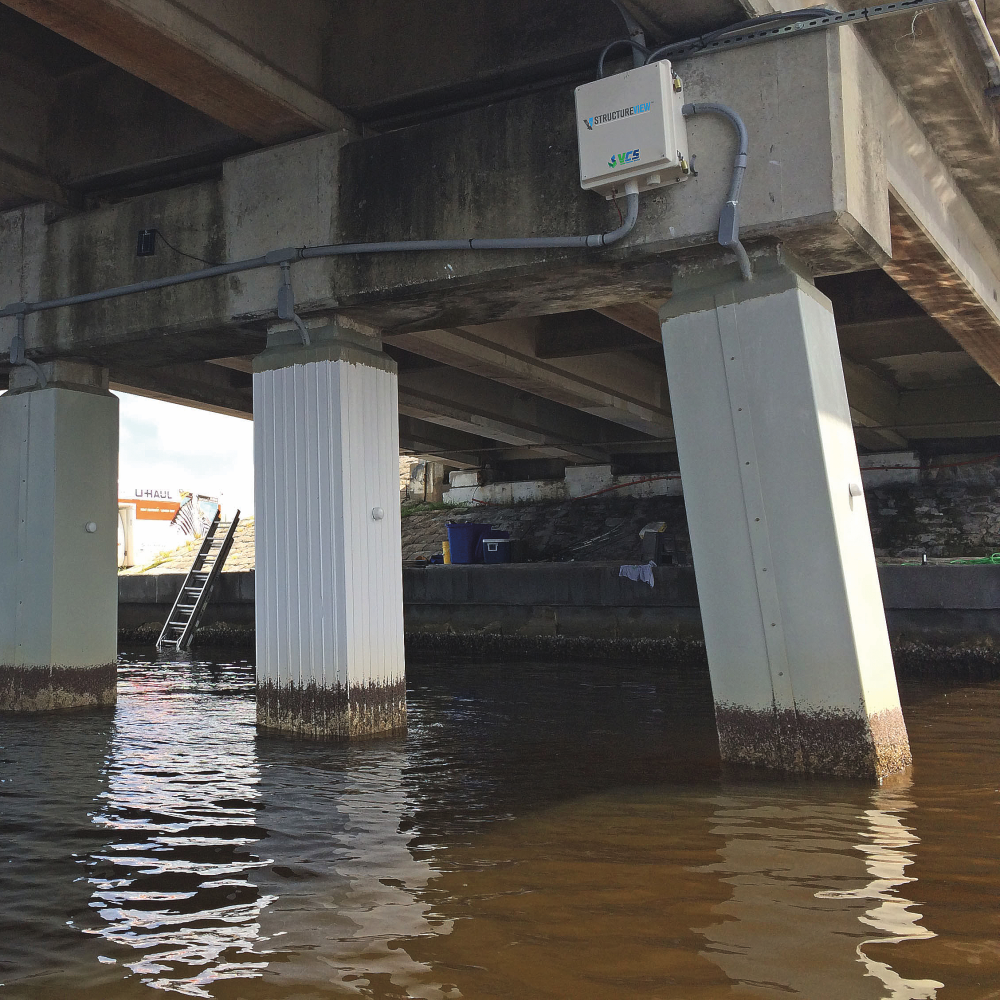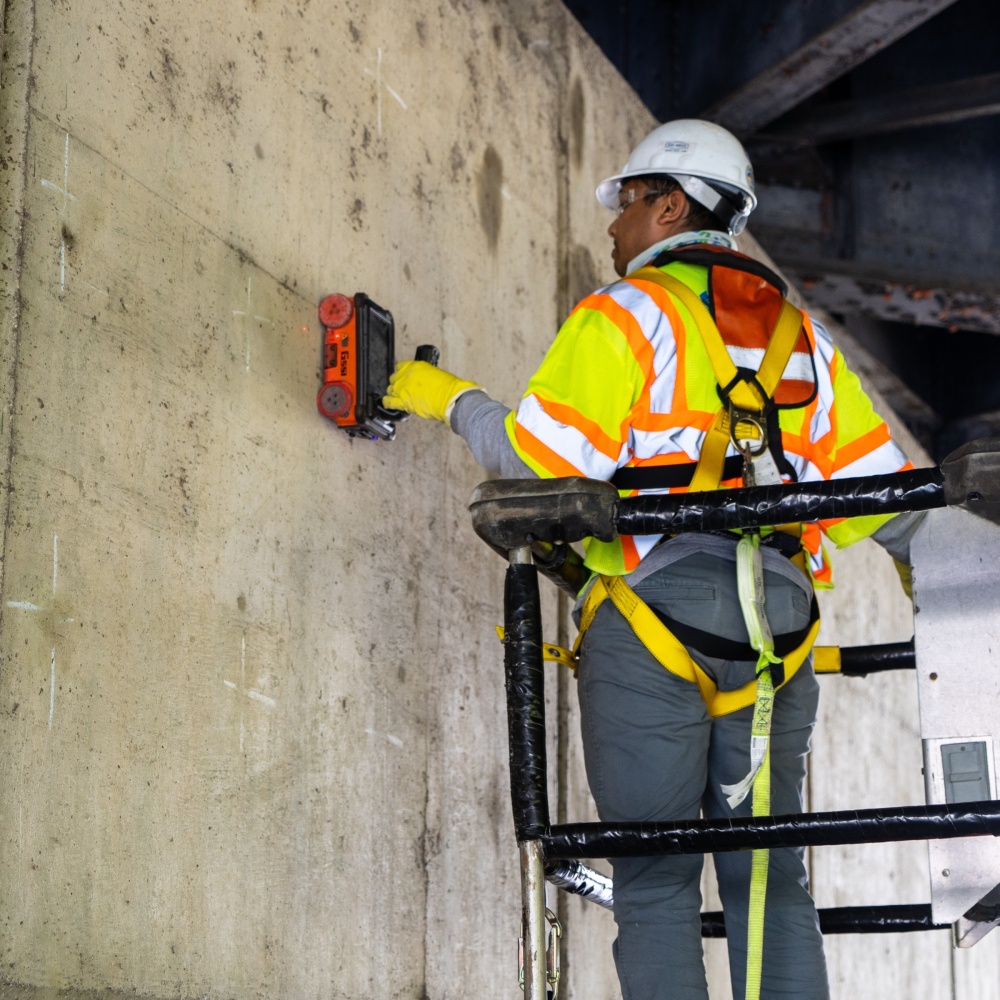Request an Educational Presentation Today!
Whether you're a structural engineer, asset owner, or construction professional, understanding infrastructure deterioration is essential.
To explore key challenges and practical solutions in assessment and rehabilitation, book a FREE educational presentation with our team of concrete and corrosion specialists!

Customizable
Create a tailored program for your team's needs
Flexible Format
Available as a 1, 2, or 3-part series—choose the depth that’s right for you
Online or Onsite
Presentations offered in person or virtually
Global Access
Accessible anywhere in the world

Key Content Areas:
Topic 1: Deciphering Distress
Corrosion Evaluations for Aging Concrete Infrastructure
Best Suited for:
- Structural Engineers, Civil Engineers, Asset Managers, and Construction Professionals
Case Studies Included!
Visual Inspection and Condition Assessment:
- Developing a systematic inspection methodology.
- Identifying common signs of distress (cracking, spalling, delamination, efflorescence).
- Quantifying the severity of damage.
In-Depth Corrosion Evaluation:
- Understanding the mechanisms of chloride-induced and carbonation-induced corrosion.
- Material sampling.
- The importance of concrete cover depth determination.
- Using electrochemical techniques (half-cell potential, GPR, resistivity, corrosion rate testing) for corrosion mapping.
- Understanding if other concrete deterioration mechanisms (freeze-thaw damage, alkali-silica reaction, etc.) are contributing to the concrete deterioration.
Reporting and Presentation of Results:
- Combining various test procedures to identify the underlying cause of deterioration and develop an overall perspective of the condition of the structure.
- Using collected data to develop service life prediction.

Key Content Areas:
Topic 2: Extending Service Life
Advanced Corrosion Mitigation Solutions for Concrete Structures in Harsh Environments
Best Suited for:
- Corrosion Engineers, Materials Engineers, Researchers, and Industry Professionals developing rehabilitation strategies on infrastructure in extreme environments
Case Studies Included!
Using Corrosion Assessments to Design Cathodic Protection Systems
- How do you determine the risk of corrosion:
- Carbonation and chloride levels
- Concrete cover
- Environmental exposure
Advanced Mitigation Technologies:
- Impressed current cathodic protection for long term protection in challenging environments.
- Galvanic cathodic protection, an effective strategy with reduced monitoring requirements.
- Electrochemical treatments - chloride extraction and re-alkalization.
Structureview Monitoring and Performance Evaluation:
- Embedded sensors for real-time corrosion monitoring.
- Manual and remote monitoring options.

Key Content Areas:
Topic 3: Load Rating Without Plans
Non-Destructive Testing for Concrete Structure Evaluation
Best Suited for:
- Structural Engineers, Bridge Inspectors, Building Inspectors, and Professionals involved in infrastructure assessment and load rating
Case Studies Included!
NDT Techniques for Concrete Evaluation:
- Ground-penetrating radar (GPR) for reinforcement mapping and void detection.
- Using Impact-echo and pulse velocity (IE/PV) to determine the extent of concrete deterioration and measure element thickness.
- Pile length testing and assessment of unknown foundations.
Combining NDT Data for Comprehensive Assessment:
- Integrating data from multiple NDT methods for a more accurate picture.
- Establishing concrete strength and reinforcement details from NDT data.
- Data display and visualization techniques.